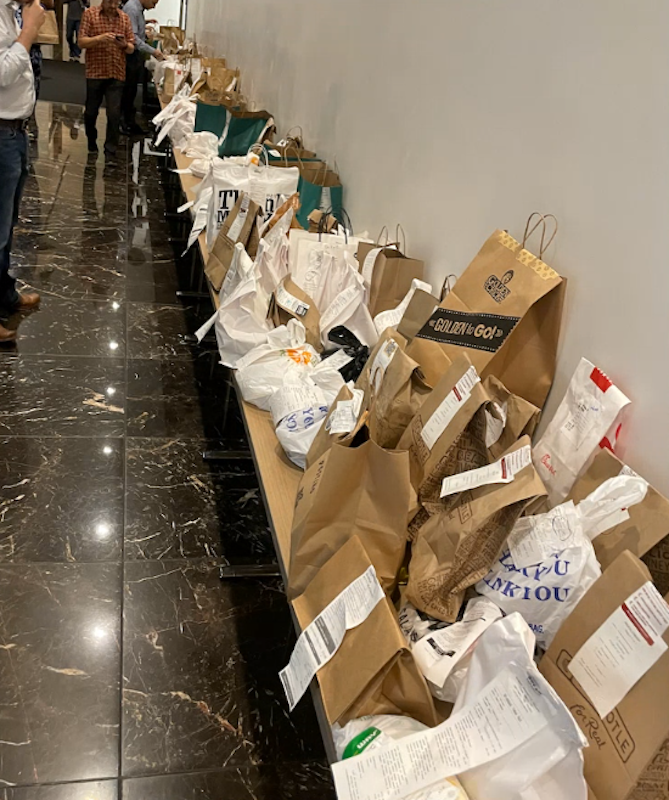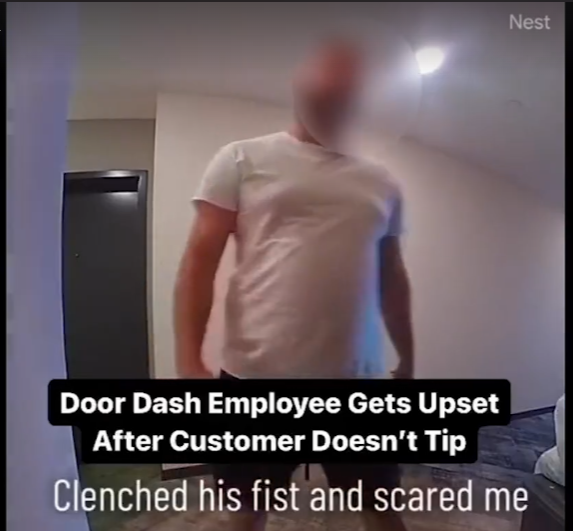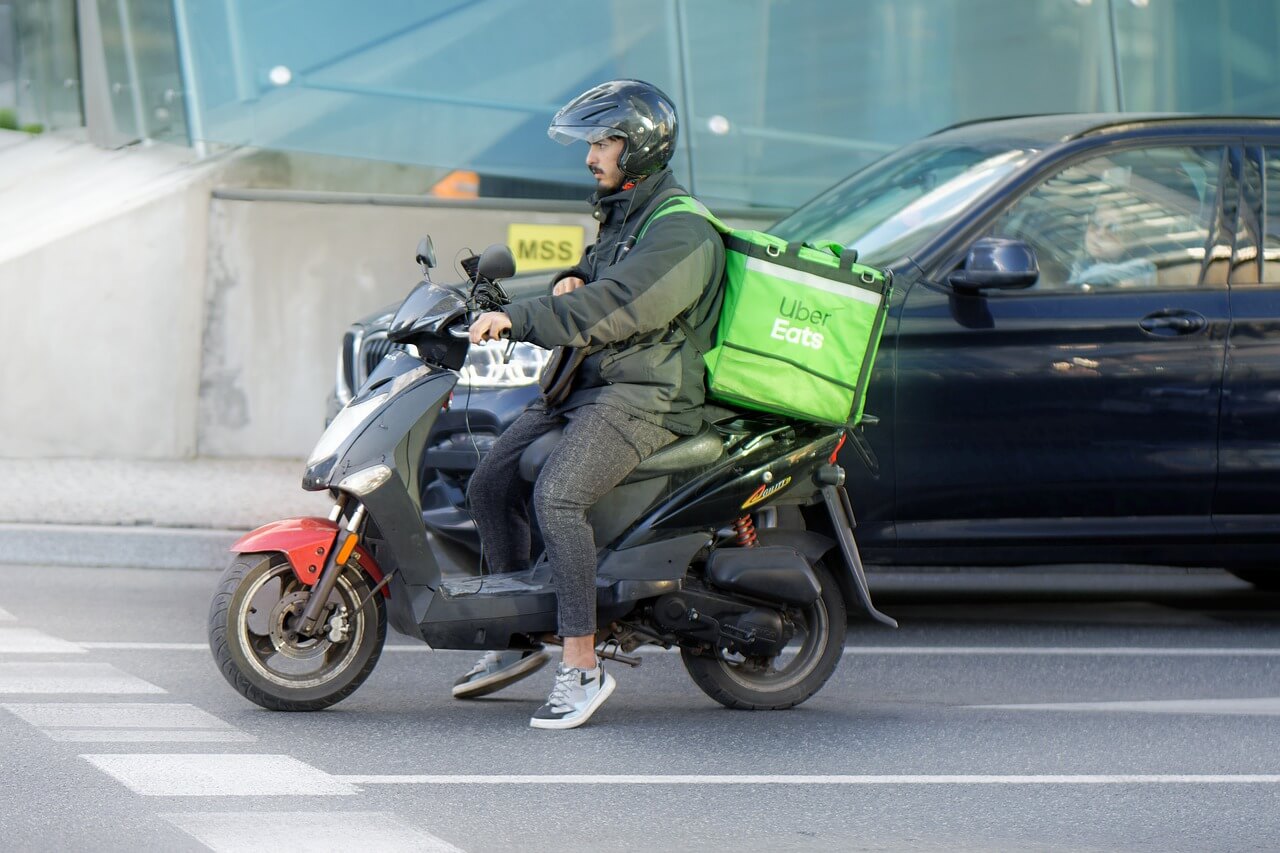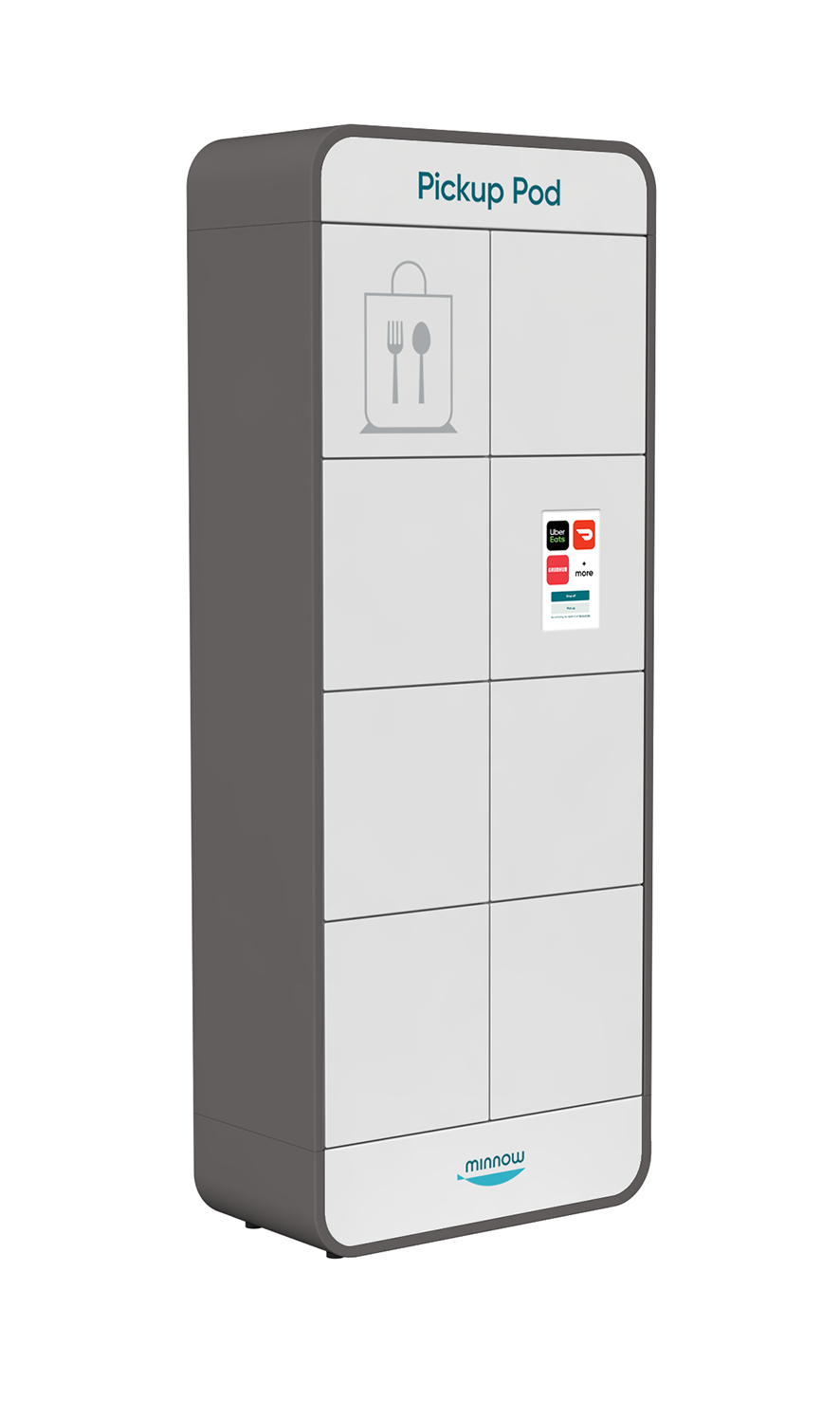11/1/22
Keep students happy (not hungry) with healthy, contactless Food Delivery Management solution
Written by Christopher Stanvick

Like the rest of the country and most of the developed world, college and university campuses have embraced the safety and convenience of contactless online food delivery.
According to a 2021 study, nearly 40% of college students said that they would rather order meals for delivery than eat at the dining hall, and – according to the same study – nearly 50% said that they wished their school offered more online delivery options.
And when we say “online delivery,” we’re not just talking about students ordering takeout from the local pizzeria (although that is certainly a factor). Students are also more focused than ever on eating healthily and keeping up with the right balance of nutrition.
But without a real, meaningful solution to safely connect these delivery services with students, all that focus on health and safety could be less than effective. The result: students eat less healthy meals in a less safe food delivery environment.
Fortunately, using smart food lockers might be the ideal Food Delivery Management (FMD) solution. By streamlining the food delivery process to maximize both convenience and safety, contactless smart food lockers allow students to order healthier food just as easily as those tried-and-true pizza delivery spots.
That could make all the difference, making smart food lockers an amenity that building owners should absolutely add to their student housing properties.
The current state of contactless food delivery at colleges and universities
On-campus meal delivery (or at least online ordering) is nothing new. What’s new, though, is an increased focus on eating healthy—and, frankly, many schools and student residences haven’t been able to keep up with the demand.
As early as 2018, schools were launching apps and services to cater to the pickier or more health-conscious members of their student bodies. The sort of student who isn’t willing to stand in line for chicken tenders and french fries and might rather pre-order an acai bowl from their smartphone.
The result: health consciousness is no longer a fad. It’s a hardwired part of our everyday routines.
Now, students can order food from anywhere (even with their campus card)
This widespread acceptance is something that third-party foodservice providers have noticed and are actively taking advantage of. Grubhub, for instance, came out with its campus dining program. This feature boasts all of the usual benefits of online ordering (a convenient purchasing experience, no waiting in long lines, etc.).
However, it also added the all-important caveat that students can “pay with any card, even your campus card!”
This is the major selling point for schools implementing an online/mobile ordering and delivery option. Most college kids don’t have money to spend frivolously on lunch, so enabling them to charge food to their “Dining Bucks” account is crucial for securing their buy-in. Ordering ahead, skipping the line, and contactless pickup… are all great perks. But including the purchase in their meal plan is a great way to seal the deal.
Some schools like Northeastern University offer mobile ordering options allowing students to customize their meal order and choose the time they’d like to pick up. This is perfect since academic schedules typically involve a lot of running around between buildings, so letting students time their orders to be ready within a certain window is a great feature.
Speaking of routines, since everybody’s schedule became a bit more open-ended during the pandemic, snacking has increased. The idea of a set, “normal” eating time largely disappeared when we were all stuck at home. As a result, students say that they eat small, impromptu meals up to 6 times per week. This increased frequency with which people eat is another reason why flexible, convenient food delivery options are beneficial.
What is the result of all these changes? Students are ordering food more often and from a wider variety of foodservice operators. They’re choosing healthier eating options and ordering at more varied times of the day.
That means there’s more pressure than ever on student housing and residential building owners to provide an easy, contactless food delivery system that can accept various meals without sticking to a rigid delivery schedule.
Benefits of contactless food delivery management on college campuses
It can be argued that no group of people is more perfectly primed to benefit from smart, safe, affordable meal delivery than undergraduate students.
Just consider these three basic assumptions about college students:
- They’re frequently hungry
- They rarely cook or can't
- They lack disposable income
Some dormitories may feature communal kitchenettes, and most off-campus houses have a slightly more substantial in-unit kitchen setup, but (for the most part) college students have their meals prepared for them and pay for those meals using “swipes” or “dining dollars.”
At least when they’re on campus.
Many students have largely returned to in-person learning, but during the pandemic (and afterward) many schools endeavoring to keep their undergraduates healthy and happy realized that contactless meal delivery systems were a necessary measure.
Simply put, the alternative was to have thousands of eighteen to twenty-two-year-olds eating, drinking, and potentially exchanging illnesses under one roof.
Although the crowded cafeteria is a timeless social aspect of the college experience, it's not the ideal solution for all students. And, as the data suggests, many students don’t care about missing this social experience of eating in massive groups. They want their food, and they want it when and where it’s convenient and healthy for them.
That's why offering them a safe, contactless Food Delivery Management (FDM) solution right in their residential building is so beneficial. It helps students who want to stay physically spread out do so, thereby putting a lid on potential outbreaks and making everyone feel more at ease.
It’s not a full-proof solution, but as a part of a wider program of solutions, it’s what’s making normal, on-site learning a possibility again.
How a smart food locker comes into play for student housing
College students are ordering healthier food online more than ever before. Colleges have provided more mobile ordering services to meet this demand and keep everyone well-fed and happy.
Administrators, dining services employees, and third-party delivery apps have come together to provide a flexible and convenient dining experience for the on-campus community.
But flexibility and convenience are just part of the equation. There’s still safety, security, and reliability to think about. What happens when delivery bags start piling up in dorm lobbies? Or the dining hall doesn’t have enough shelf space to put pickup boxes when orders are finished? What began as a well-intentioned effort to implement mobile ordering could quickly become a cluttered, logjammed mess.
This is where a streamlined, centralized food delivery hub like the Minnow Pickup Pod comes into play. This smart food locker offers a secure, reliable location for dining staff and delivery couriers to place food when it’s ready for pickup.
Fewer mixed-up orders, spoiled containers, and unsightly lobbies. Staff will know where the food goes, and students will know where to get it. It prevents any confusion and chaos that may occur in the final steps of the delivery process.
The Minnow Pickup Pod is location agnostic and is installed in a dining hall, student center, dormitory, or all three. Wherever deliveries are left, it’s there to help keep them organized and safe.
Evolve your campus by adopting a Food Delivery Management solution for students today, and tomorrow
Mobile ordering isn’t going anyway, therefore, the ad-hoc DIY systems that you’ve built to facilitate the pickup process need to be more standardized and permanent. Minnow offers a reliable, scalable, easy-to-install solution to handle students’ demand for contactless meal delivery.
If you own a student housing property near a campus that has launched an online ordering program, it's critical that you offer this all-important piece of the experience (the student actually getting their food).
If you’re unsure how to get started, we can help—reach out to our team, and we’ll show you why the Minnow Pickup Pod might just be the perfect solution for students looking to eat healthier, and on their own schedules.






